After a brief two-week pause, the spotlight returns to Paris as the French capital once again becomes the center of the sporting world with the commencement of the Paralympic Games. Kicking off with an opening ceremony on Wednesday, August 28, the Games will run through to Sunday, September 8, bringing together around 4,400 athletes from 128 nations who will compete across 23 disciplines in 20 iconic venues. With over 550 gold medals up for grabs, the competition is fierce, and the stakes are high. For comparison, the Olympics saw around 10,500 athletes competing in 48 sports disciplines. The closing ceremony of the Paralympics will take place on September 8, marking the end of an incredible display of athleticism and determination.
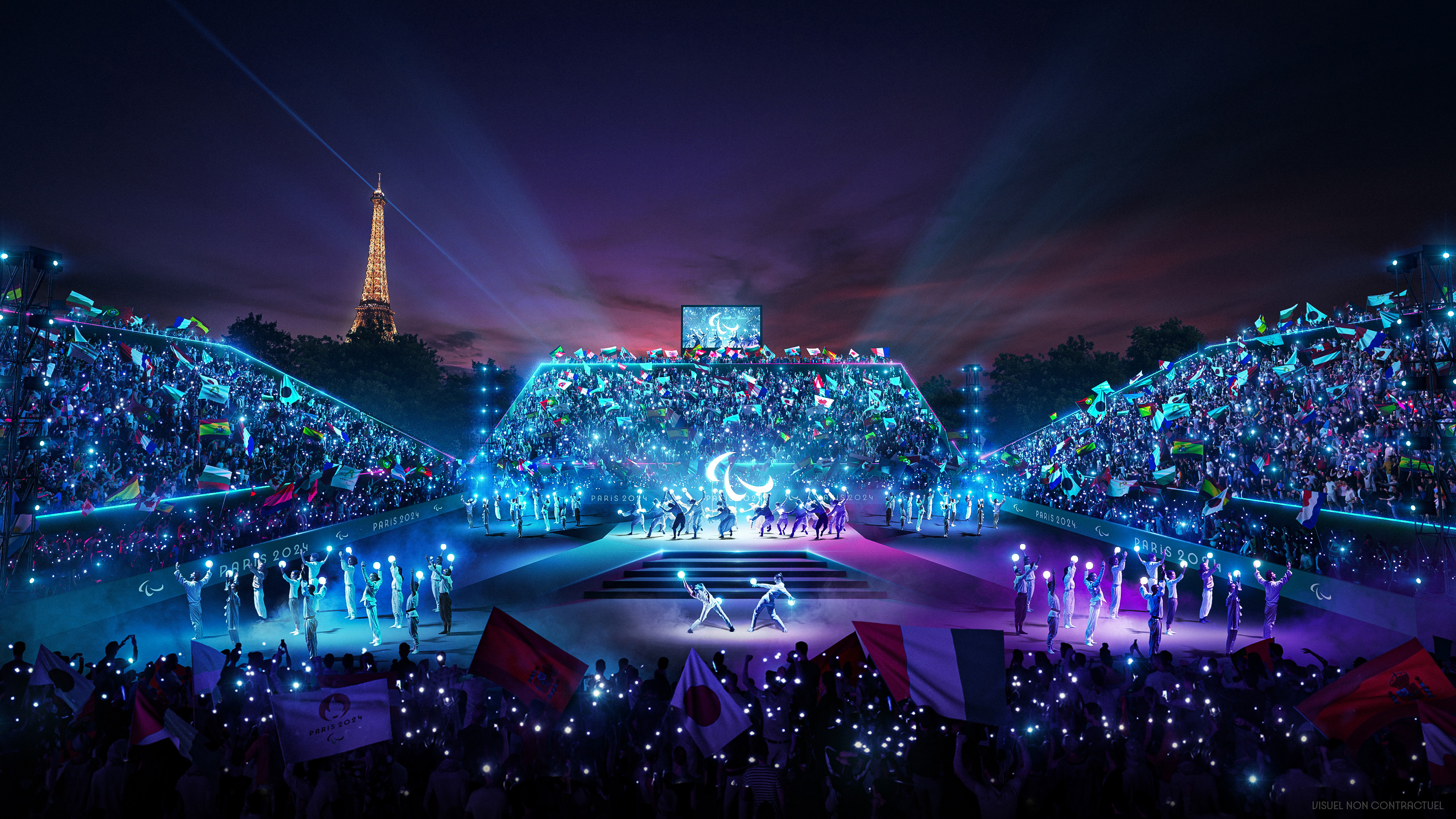
What Sports Are Featured?
The Paris Paralympic Games will feature 22 of the 28 total Paralympic sports. The remaining six, which include Alpine skiing, biathlon, cross-country skiing, ice sledge hockey, snowboarding, and wheelchair curling, are winter sports and will be contested at the 2026 Winter Games in Italy. The summer sports making up the Paris Games are:
Para archery
Para athletics
Para badminton
Blind football
Boccia
Para canoe
Para cycling
Para equestrian
Goalball
Para judo
Para powerlifting
Para rowing
Shooting para sport
Sitting volleyball
Para swimming
Para table tennis
Para taekwondo
Para triathlon
Wheelchair basketball
Wheelchair fencing
Wheelchair rugby
Wheelchair tennis
What Are the Paralympic-Only Sports?
Two sports at Paris 2024 have no Olympic equivalent: Boccia and Goalball.
Boccia, which has been part of the Paralympic program since 1984, is similar to boules or pétanque. Athletes aim to get a soft leather ball as close to the 'jack' as possible, using their hands, feet, or a ramp, depending on their level of mobility. The court is roughly the same size as a badminton court.
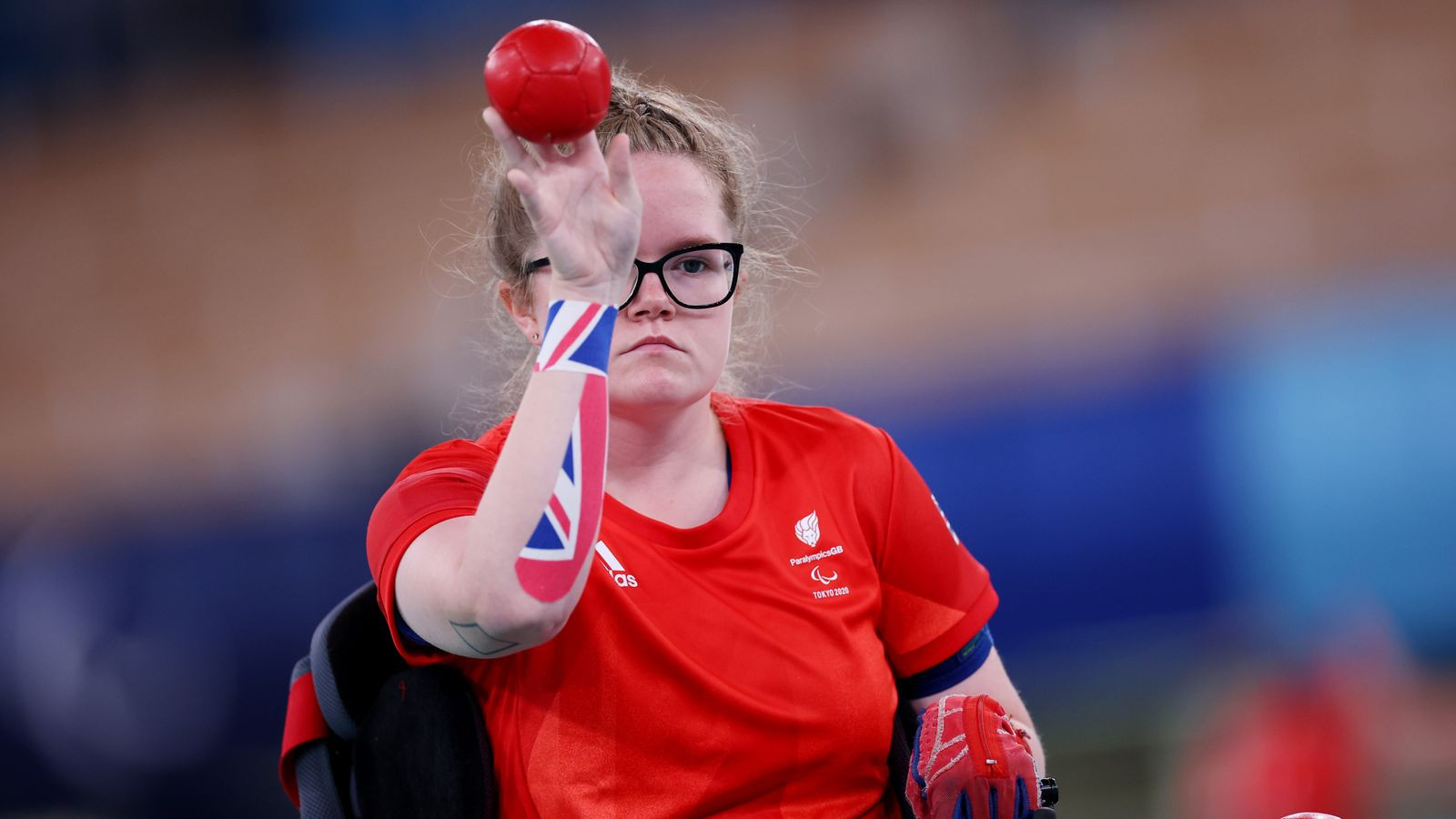
GB's Claire Taggart plays boccia at the Tokyo Paralympic Games. /Image: Reuters
Goalball, invented in 1946 to help rehabilitate visually impaired World War II veterans, is another unique Paralympic sport. Teams of three, all blindfolded for fairness, try to throw a ball with bells inside it into the opposing team's goal, relying on ear-hand coordination to locate the ball.
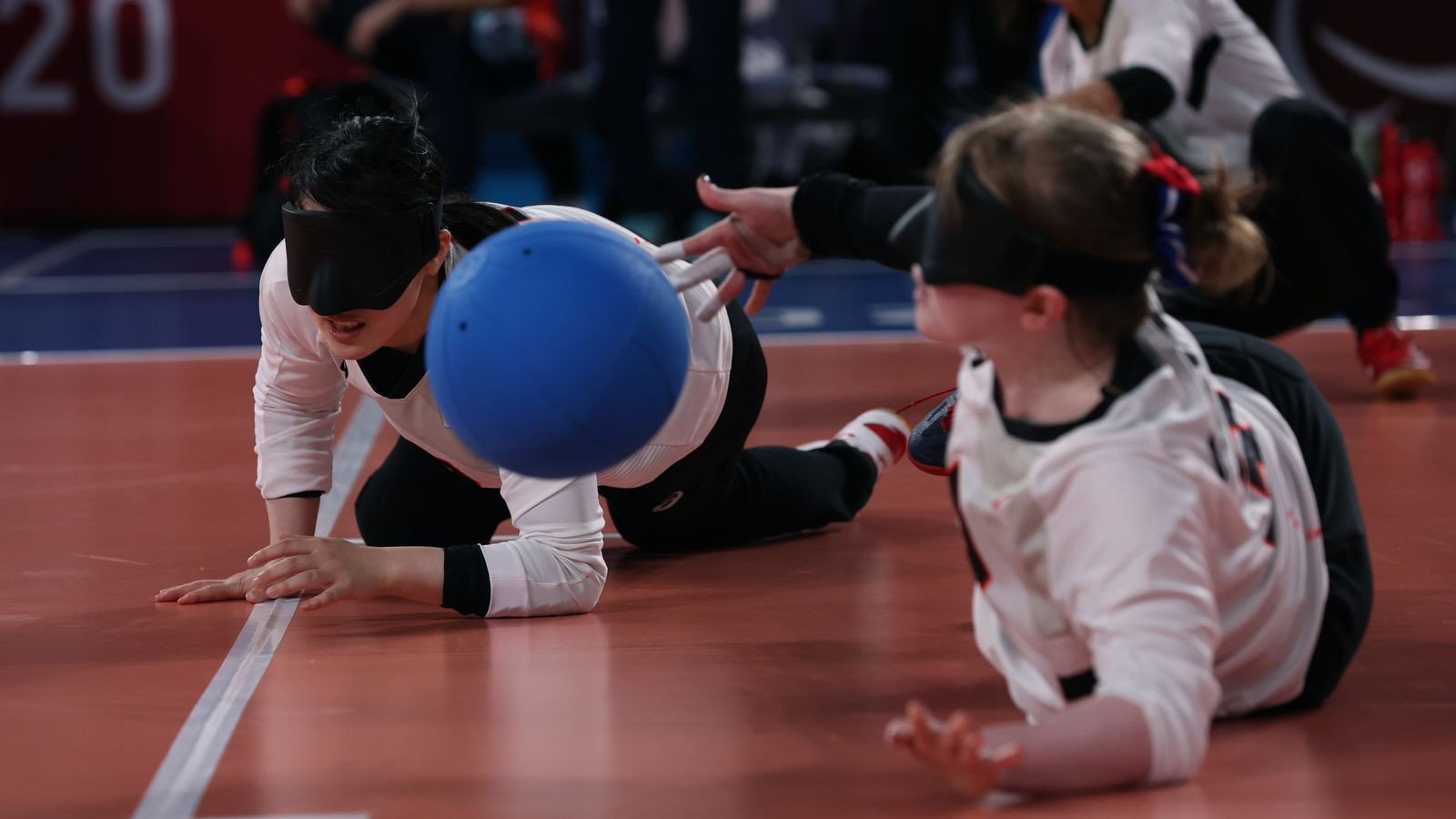
Japanese goalball players take on Brazil at the Tokyo Paralympic Games. /Image: Reuters
How Do Paralympic Classifications Work?
Classification is a key element of the Paralympic Games, ensuring that athletes compete on a level playing field. There are 10 impairment types that determine which class within each sport an athlete competes in. These categories include impaired muscle power, passive range of movement, limb deficiency, leg-length difference, short stature, hypertonia (increased muscle tension), ataxia (uncoordinated movement), athertosis (slow, involuntary movements), vision impairment, and intellectual impairment.
Each sport has specific classification criteria to ensure fair competition. Some sports, like para powerlifting, have a single classification, while others, such as para athletics, have over 50 classes to accommodate different levels of ability. Classification can be a contentious issue, with debates on whether to increase classifications for greater inclusion or reduce them to enhance competitiveness.
Are There Any New Sports?
The Paris 2024 Paralympics won’t introduce any new sports, but it will continue to feature para canoe and para triathlon, which were added in Rio 2016, along with para badminton and para taekwondo, which debuted in Tokyo 2020.
Who Are the Global Stars to Watch?
The men's 100m T64 race on September 2 is shaping up to be one of the most exciting events, with Italy's Maxcel Amo Manu, the reigning champion, facing stiff competition from Germany's Felix Streng and Costa Rica's Sherman Guilty.
Also on the track, Valentina Petrillo of Italy is set to make history as the first transgender athlete to compete in the Paralympics, running in the 400m T12.
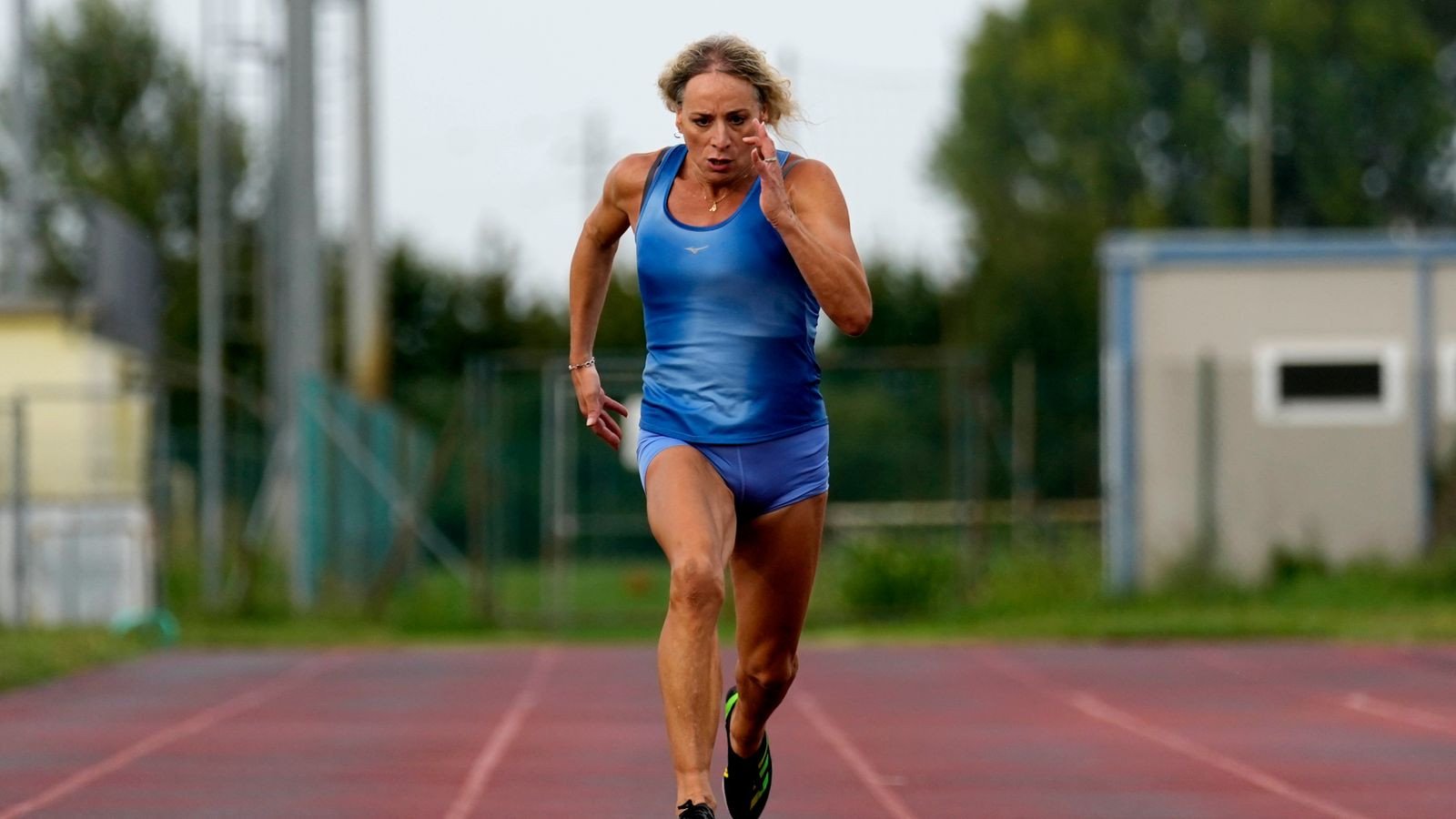
Italy's Valentina Petrillo trains near Bologna in Italy. /Image: AP
In wheelchair fencing, Italy’s Bebe Vio, who was featured in the Netflix documentary Rising Phoenix, will be aiming for her third Paralympic gold.
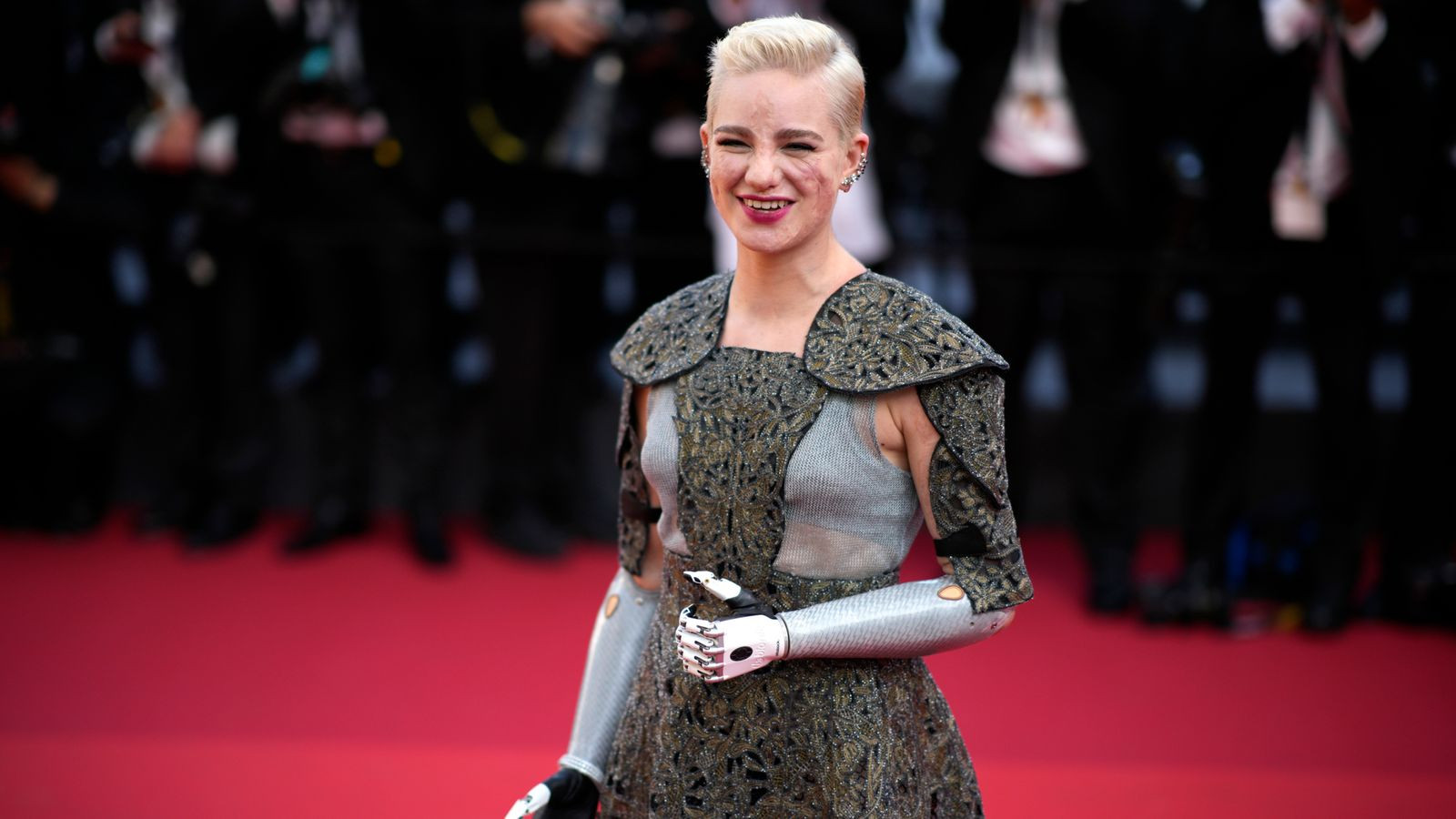
Bebe Vio at the Cannes film festival in 2022. Image: AP
Norway's Birgit Skarstein, a world champion in women's single sculls PR1, will also be competing. Skarstein, known for her participation in Norway's Dancing With The Stars, is a force to be reckoned with.
Another athlete to watch is Oksana Masters of the USA, who has won Paralympic medals in para rowing, cross-country skiing, biathlon, and cycling.
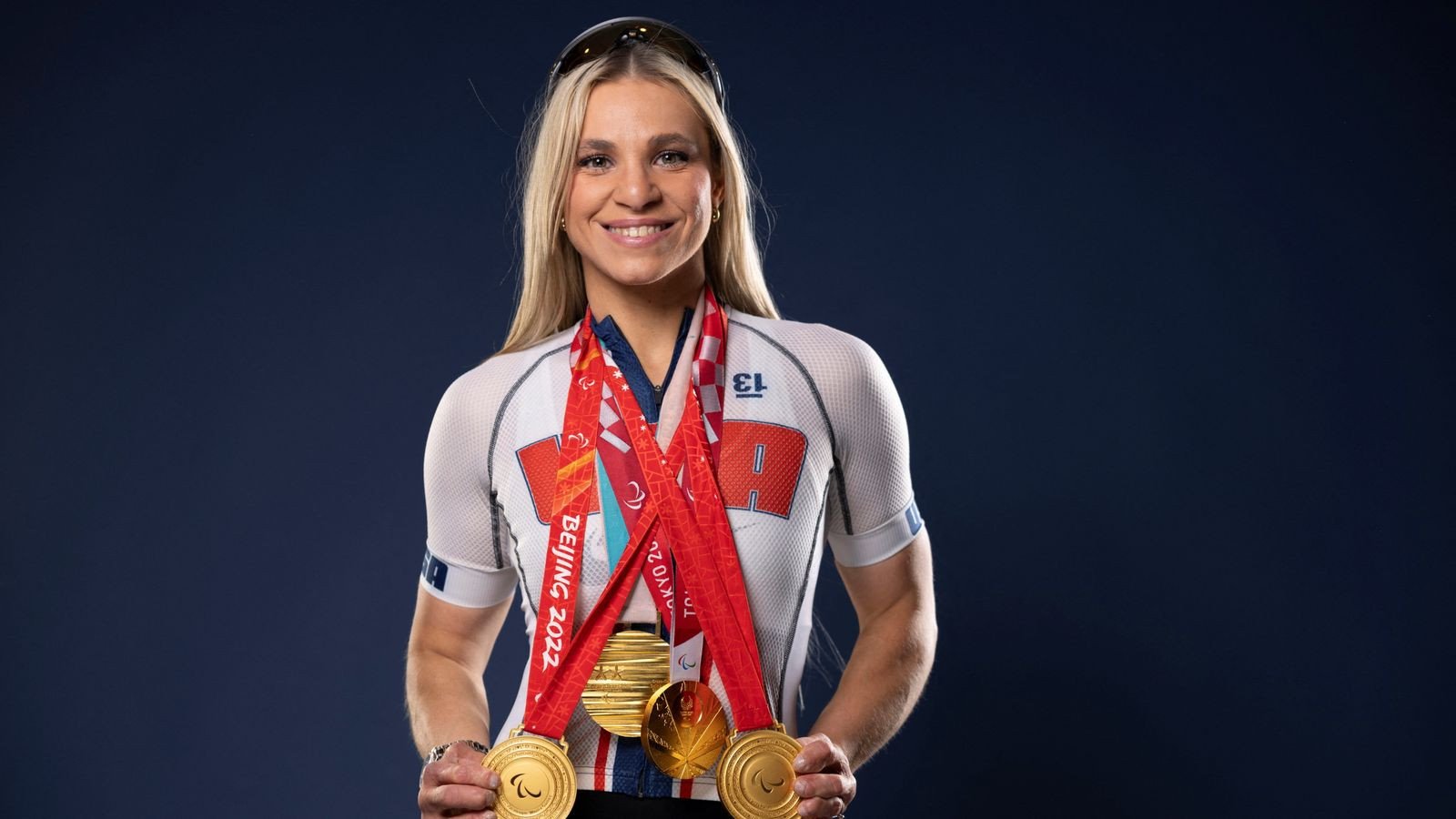
Oksana Masters with her gold medals in April. / Image: Reuters
Indian javelin star Sumit Antil, who won gold in the F64 at Tokyo 2020, will also be defending his title, with two world championships to his name.


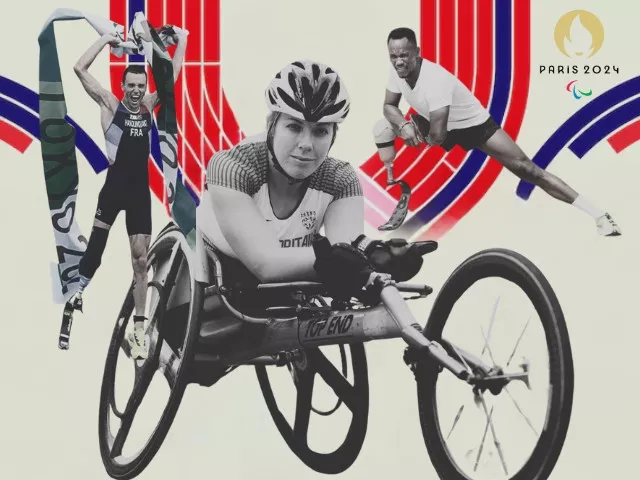

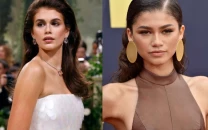




COMMENTS
Comments are moderated and generally will be posted if they are on-topic and not abusive.
For more information, please see our Comments FAQ